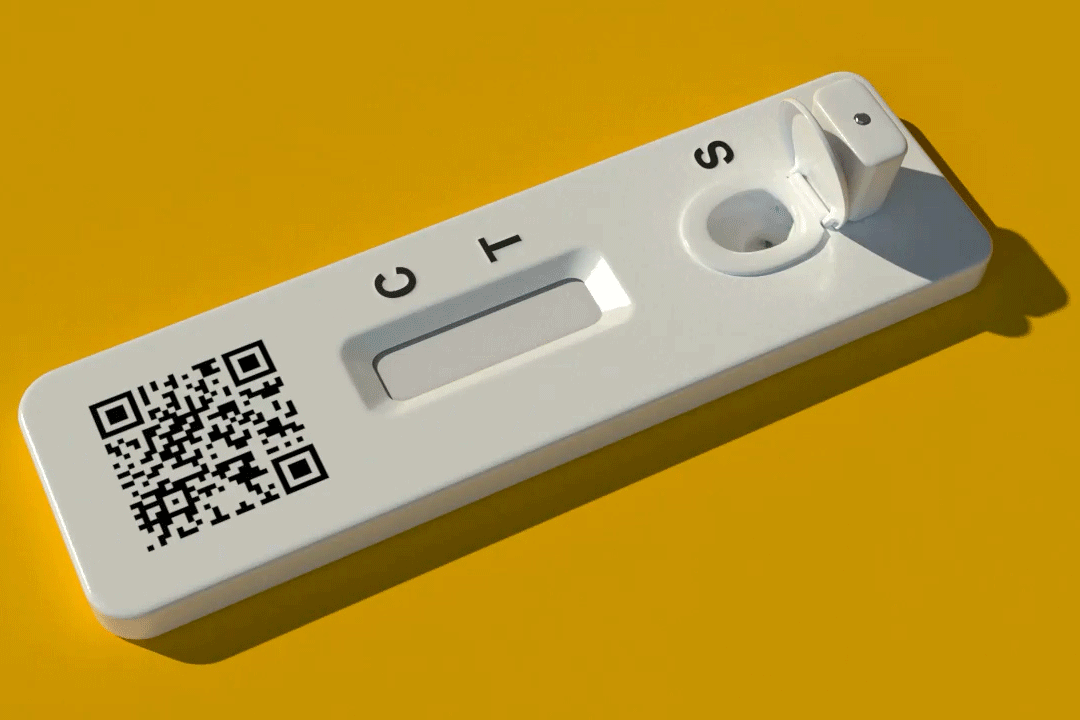More features – Page 7
-
 Feature
FeatureA material future for fusion?
Nuclear fusion has been a dream for decades. Kit Chapman finds out about the latest developments that could help it fulfil its promise
-
 Feature
FeatureUsing genetics to personalise prescriptions
We’ve known for a long time that different people respond to certain drugs to very different extents, but now cheap DNA testing could make these disparities a thing of the past, as Ian Le Guillou reports
-
 Feature
FeatureIs synthetic petroleum the missing link in the route to net zero?
Weaning our economy off liquid fuels could be impossible, so can we make them without the carbon emissions? Rachel Brazil surveys the scene
-
 Feature
FeatureThe bioorthogonal revolution
A set of reactions operating silently inside live cells or whole animals are lighting up chemical biology and inspiring new medicines, James Mitchell Crow finds
-
 Feature
Feature3D printing adds another dimension
Nina Notman learns how 4D printing is opening the door to unique smart materials whose applications may only be limited by our imaginations
-
 Feature
FeatureThe incredible antibodies of sharks, llamas and camels
Sharks and llamas share a strange quirk of their immune systems. Hayley Bennett finds out how their ‘nanobodies’ could help us tackle Covid and a host of other diseases
-
 Feature
FeatureThe human health observatory in our sewers
From tracking disease outbreaks to monitoring drug use, there’s a lot to be learned from the things we flush down the toilet, Katrina Krämer finds
-
 Feature
FeatureLife’s chemistry goes through the looking glass
Chemists were taught that natural systems only use L-amino acids. Andy Extance finds out just how wrong that is proving
-
 Feature
FeatureNot just batteries: The chemistry of electric cars
The materials required in battery-powered cars are providing new challenges to chemists and the chemical industry. Clare Sansom reports
-
 Feature
FeatureA decade of CAR-T cell therapy
Nina Notman looks at the revolutionary treatment already taking on cancer, now aiming for wider use
-
 Feature
FeatureThe secrets of the sulfur cycle
There’s still a lot we don’t know about the biogeochemical cycling of sulfur, and this could impact our ability to correctly model the climate. Rachel Brazil talks to the researchers trying to fill in the gaps.
-
 Feature
FeatureMethane – the other greenhouse gas
Bárbara Pinho looks at the problem of methane emissions and how scientists are trying to prevent them
-
 Feature
FeatureThe curious case of the ancient brain
A 2000 year old decapitated Yorkshire man and the ancient proteins in his preserved brain might provide clues to modern diseases, as Hayley Bennett discovers
-
 Feature
FeatureSequencing one cell at a time
New advances that allow scientists to uncover the molecular differences between individual cells could revolutionise medicine, Ian le Guillou finds
-
 Feature
FeatureThe toxic tide of ship breaking
Kit Chapman explores the chemical cost of the most dangerous industry in the world
-
 Feature
FeatureDrilling deep to discover the secrets of the mantle
Nina Notman hears from the scientists trying to pierce the Earth’s crust below the seafloor to learn more about our home planet
-
 Feature
FeatureBetter skiing through chemistry
While elite sports have been improved by materials science, for disabled athletes the developments can be life-changing. Aisha Al-Janabi reports
-
 Feature
FeatureA test of strength for artificial muscles
Scientists trying to copy natural muscles have several problems to overcome, Clare Sansom finds
-
 Feature
FeatureHow protocells bridge the gap from chemistry to biology
Rachel Brazil talks to the scientists trying to recreate what the first cells were like, or to make their own versions
-
 Feature
FeatureWiring up organic synthesis
James Mitchell Crow talks to the organic chemists using electrochemistry to add or remove electrons to their molecules at the flick of a switch